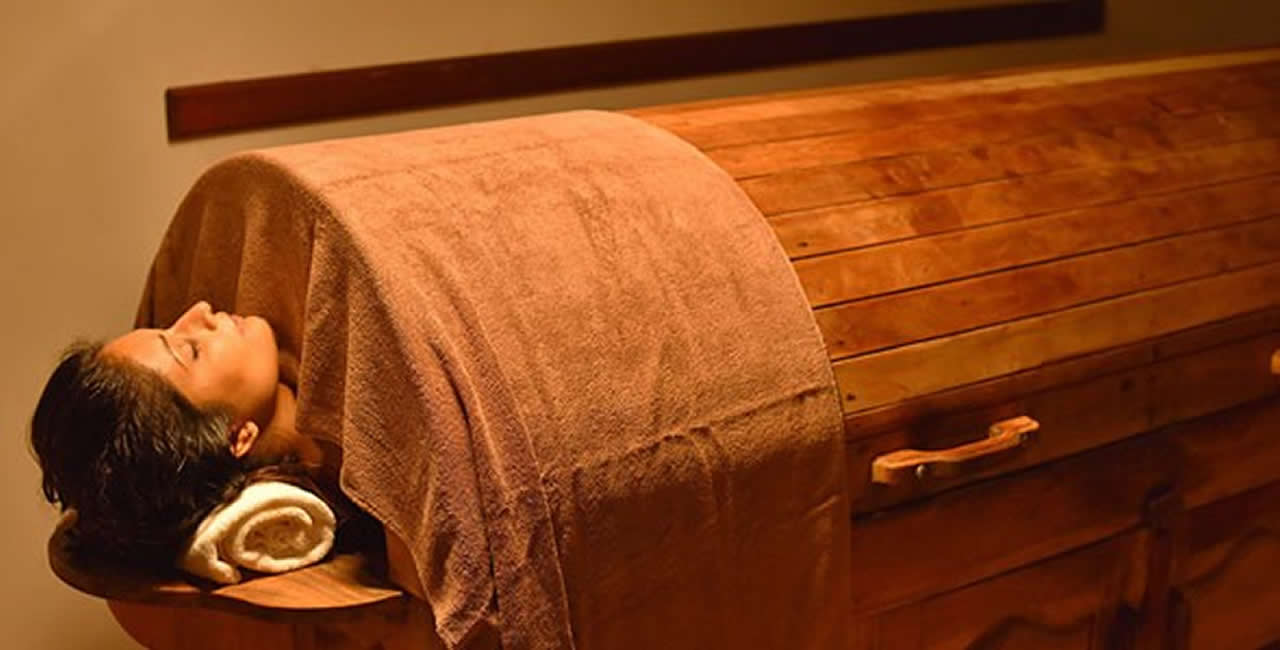
Ayurvedic detox, often referred to as "Panchakarma," is a holistic and ancient approach to cleansing and rejuvenating the body, rooted in traditional Indian medicine. This detoxification process is designed to eliminate accumulated toxins, or "ama," from the body and restore balance to one's physical and mental well-being. Ayurvedic detox typically involves a series of therapeutic treatments, dietary changes, and herbal supplements tailored to an individual's unique constitution, or "dosha." It focuses on purifying various bodily systems, including the digestive, respiratory, and circulatory systems, through methods like oil massages, herbal steam baths, and specialized diets. By clearing the body of impurities, Ayurvedic detox aims to improve energy levels, enhance vitality, and support overall health.
The benefits of Nasya treatment are wide-ranging. It is often employed to alleviate sinus issues, relieve headaches, and enhance mental clarity. By nurturing and balancing the delicate tissues and channels of the nasal passages, Nasya helps in reducing congestion and inflammation, ultimately leading to improved respiratory health. Moreover, this procedure is believed to have a calming effect on the mind and nervous system, making it a valuable tool for stress relief and enhancing cognitive function.

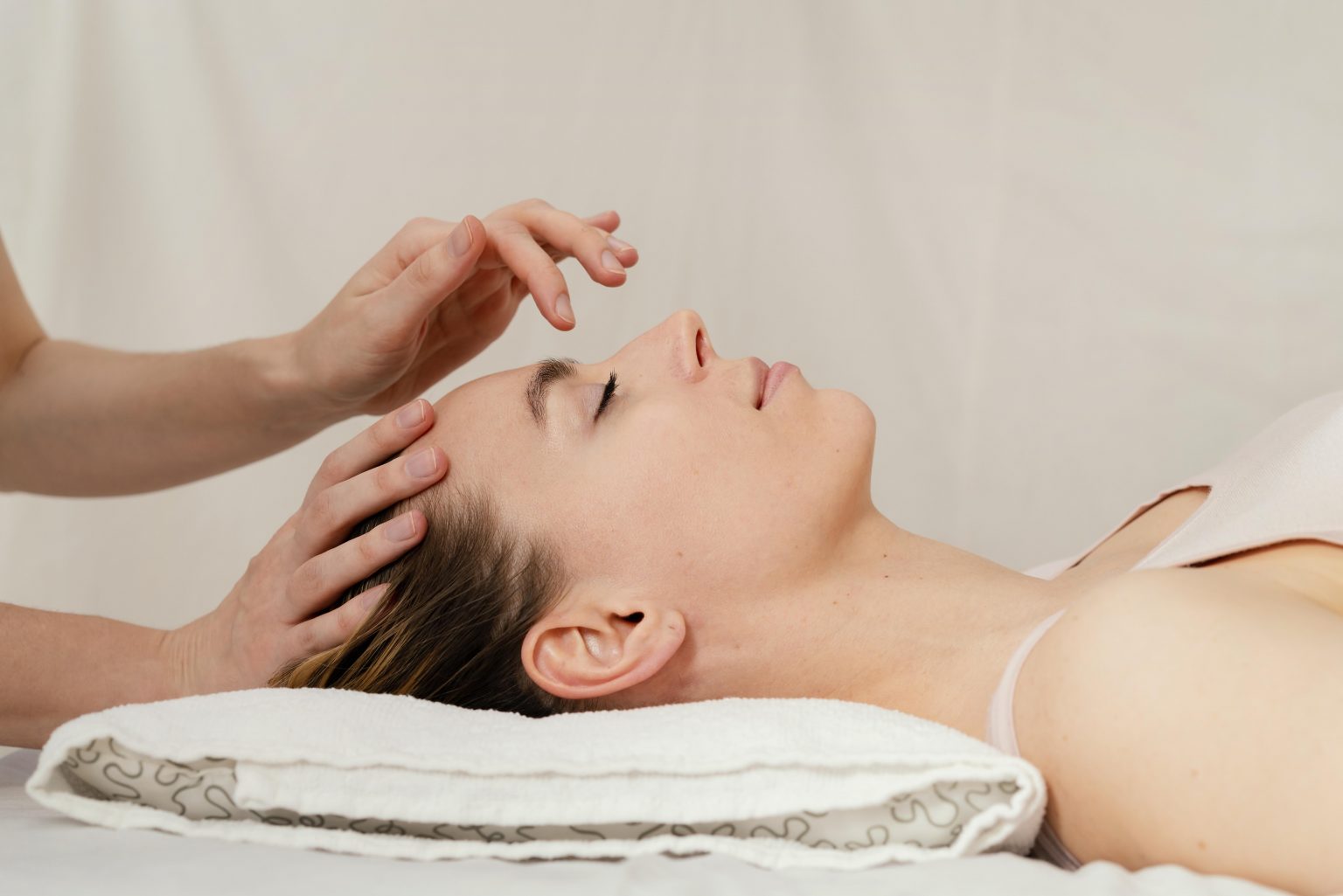
Abhyanga therapy is a traditional Ayurvedic massage technique that holds a special place in the world of holistic health and wellness. Rooted in ancient Indian healing practices, Abhyanga involves the application of warm, herb-infused oils to the body, followed by a rhythmic and soothing massage. This therapeutic massage is designed to promote balance, relaxation, and overall well-being by harmonizing the body, mind, and spirit.
Netra Tarpana is a traditional Ayurvedic therapy specifically focused on eye care. "Netra" translates to "eye" in Sanskrit, and "Tarpana" means "nourishment" or "satiation." This therapeutic procedure involves the application of medicated ghee (clarified butter) around the eyes, creating a reservoir or dam-like structure using dough made from black gram flour. The warm ghee is then poured gently into this reservoir, covering the eyes for a specified duration.
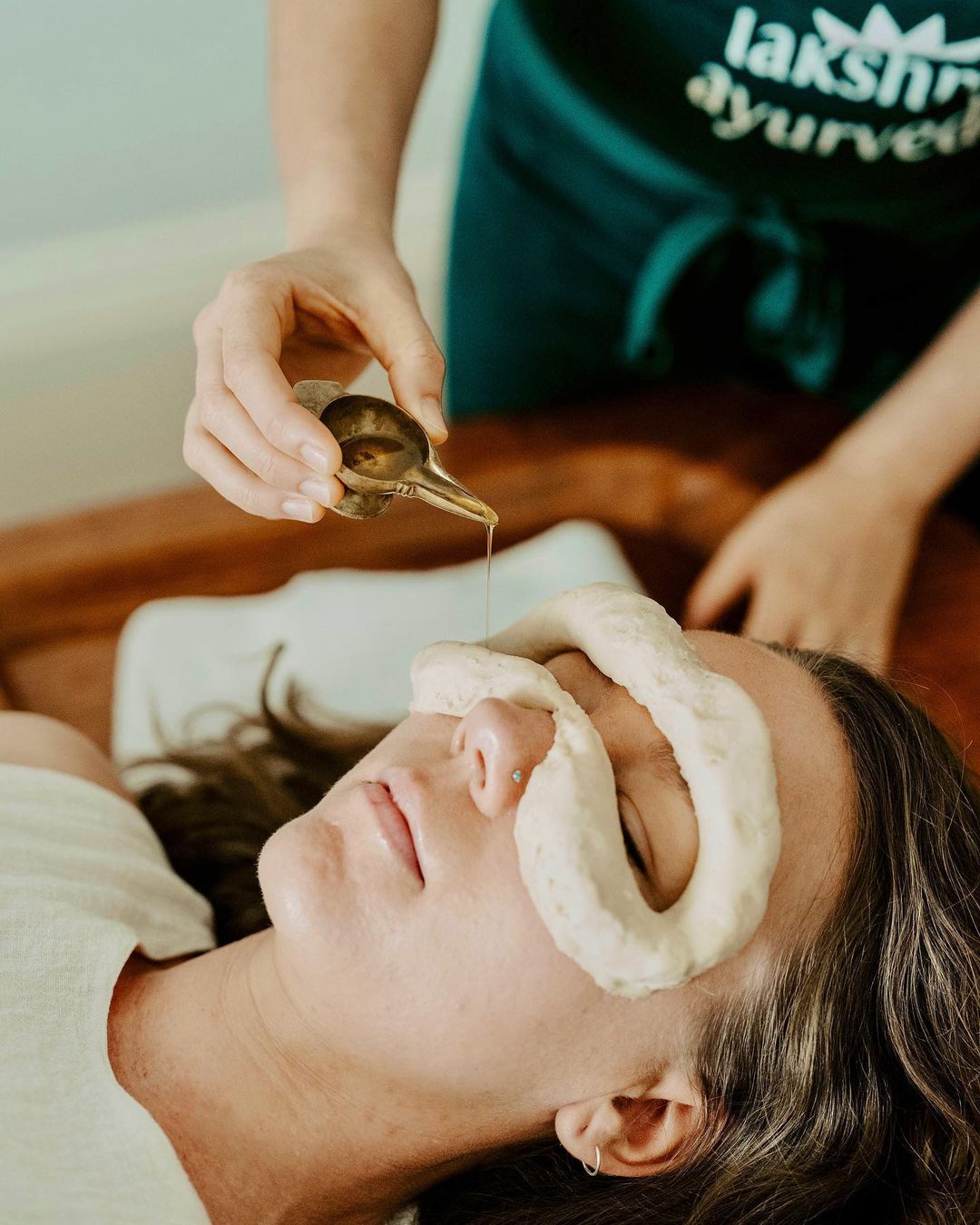

Body massage involves the application of warm herbal oil to the entire body using long, flowing strokes. The oil is chosen based on the individual’s constitution and any imbalances they may have. The massage is typically done in a rhythmic manner, and the therapist may also use specific techniques to target certain areas of the body or address particular health concerns.
Karkidaka chikitsa includes the use of a dietary plan that helps in increasing the immunity of the body. It strengthens the body and defends you against various diseases. There are different treatments available in the monsoon such as Nasyam, Snehapana, Abhyangam, Dhara, Pizhichil, Vasthi and Virechanam.
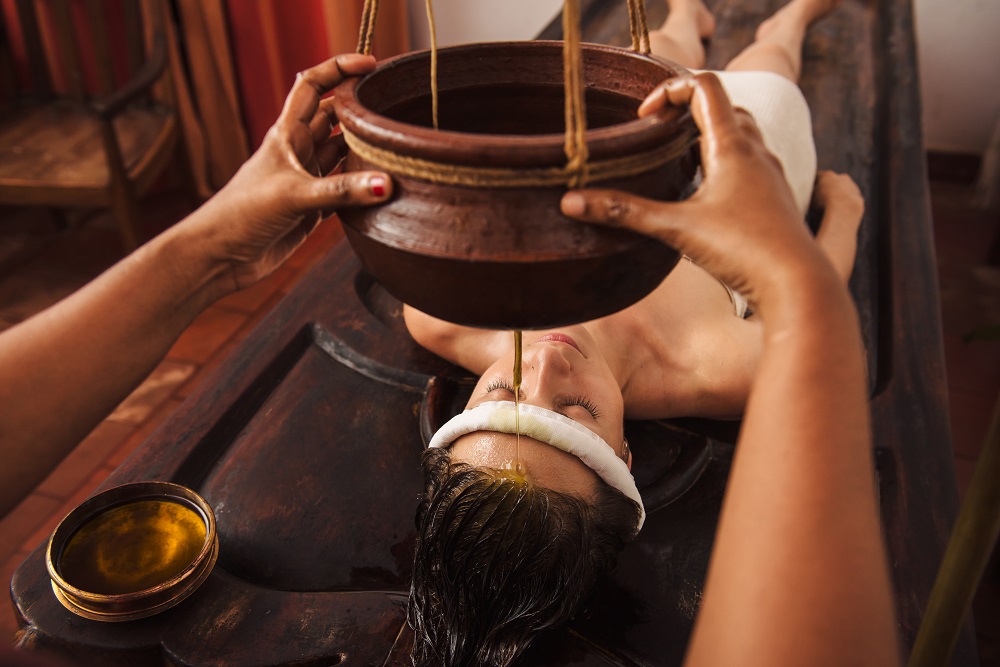
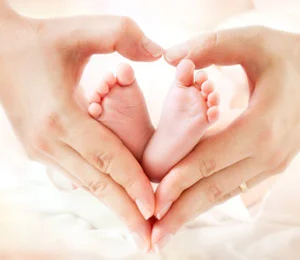
Ayurveda offers specific postnatal care practices to help support a woman’s physical, mental, and emotional health after giving birth. This includes dietary recommendations, herbal remedies, and massage therapies. Some of the main practices in Ayurvedic postnatal care include oil massage, herbal baths, and dietary modifications to support recovery and promote lactation.
Ayurvedic pain relief treatments include herbal remedies, dietary modifications, lifestyle changes, and massage therapies. Some of the commonly used herbs in Ayurvedic pain relief include ginger, turmeric, and boswellia, which have anti-inflammatory and analgesic properties. Ayurvedic massage therapies such as Abhyanga, Shirodhara, and Pinda Sweda are also effective in reducing pain and promoting relaxation.
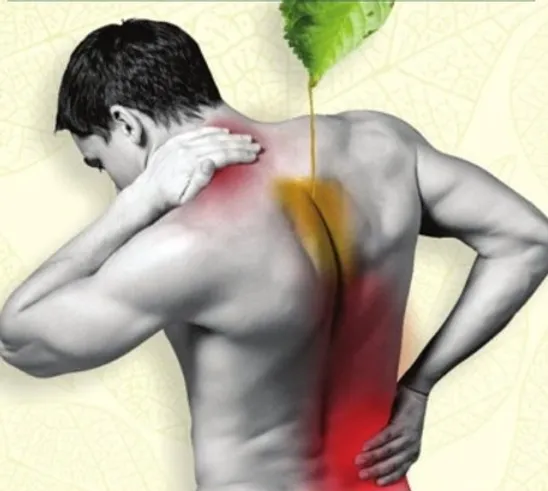
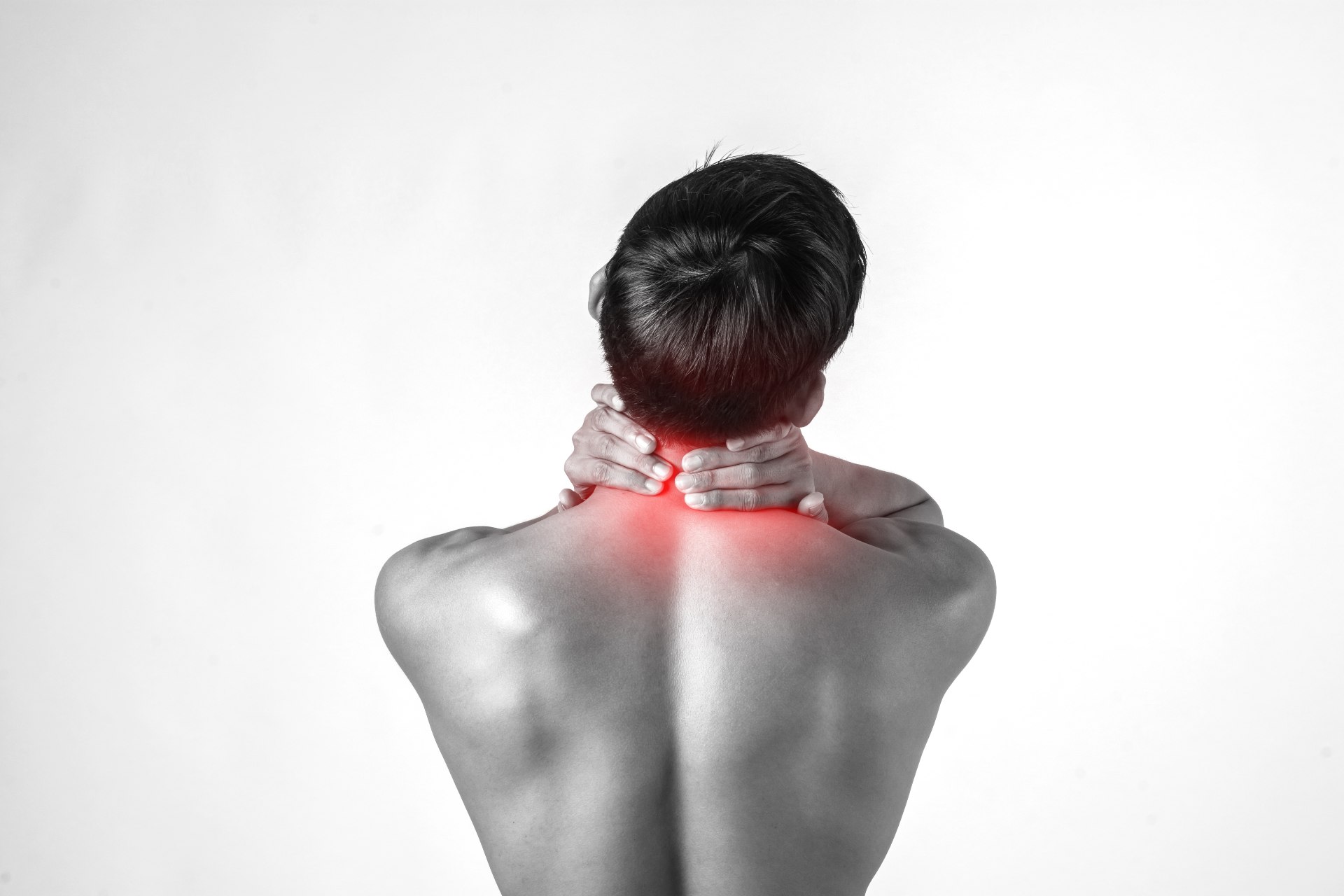
Cervical spondylitis is a degenerative condition that affects the cervical spine. In Ayurveda, this condition is referred to as “Griva Sandhigata Vata”.Ayurveda treatment for Cervical spondylitis involves combination of therapies to help alleviate pain, reduce inflammation and restore mobility.
Ayurvedic treatment for endocrine disorders involves a combination of dietary and lifestyle modifications, herbal remedies, and Panchakarma therapies. The goal of treatment is to restore balance to the endocrine system and improve the functioning of the glands.
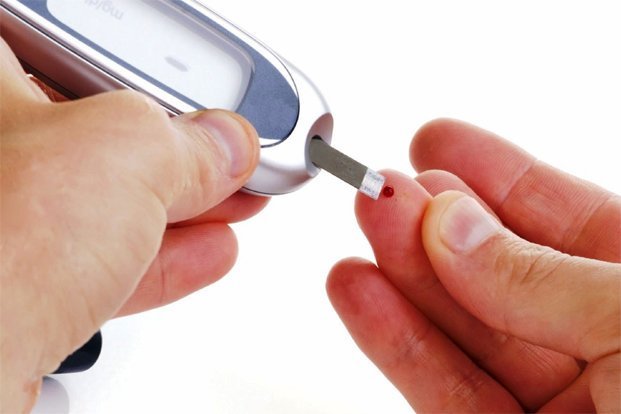

Panchakarma is a treatment program for the body, mind, and consciousness that cleanses and rejuvenates.Panchakarma is considered to be the most eminent branch of Ayurveda. As the name suggests it is a ‘five-step’ process for a complete detoxifying and rejuvenating experience. Basically it is a cleansing technique where the body is allowed to get cleansed through different procedures. works best with the use of medicated oils that helps in getting rid of the toxins and helps in eliminating impurities from the human body.
Abhyanga is a kind of Ayurveda massage which is completely different from normal body massage. It has a tremendous benefit to the body, mind, skin and immune system.
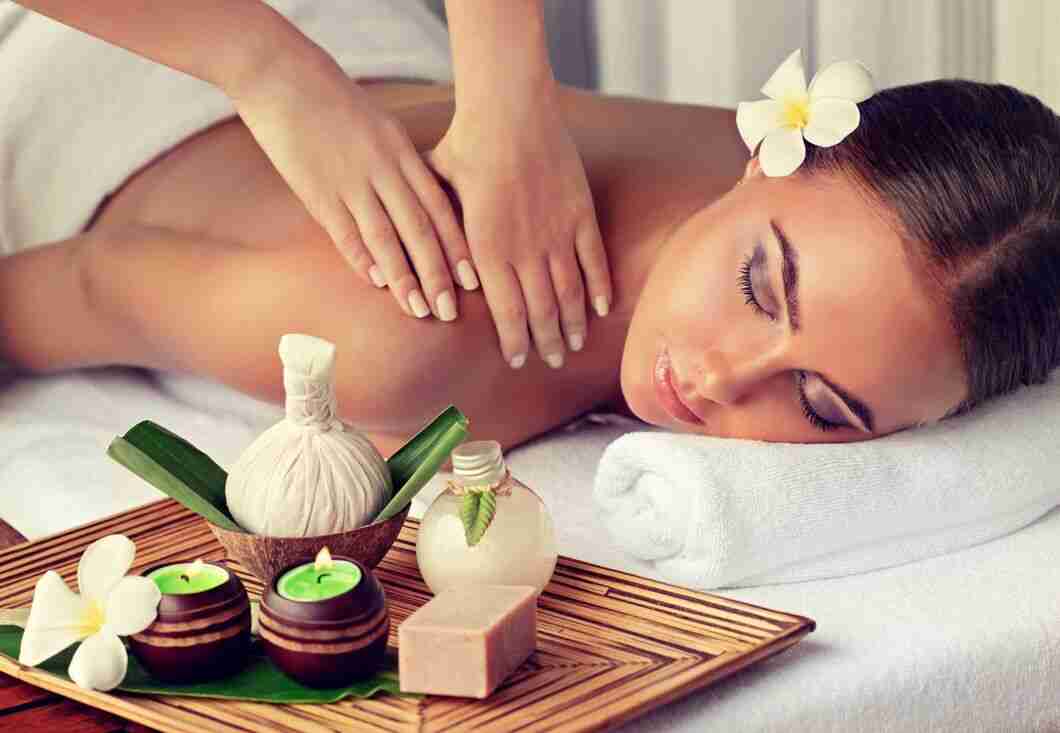

Shirodhara is a classic Ayurvedic therapy or the practice of slowly and steadily dripping medicated oil or medicated decoctions on the forehead. The therapy induces a relaxed state of awareness that results in a psychosomatic balance.Shirodhara is said to have relaxing, soothing, and calming effects on the body and mind.
Swedana is a pre-requisite for Panchakarma. This process involves inducing sweat in the patient. Swedana gives relief from health problems like asthma, catarrh, hemiplegia and many other diseases caused by Vata disorders.
